Ceramic Coating Facts: 5 Things You Didn’t Know
Ceramic coating has exploded in popularity over the past decade—but it’s more than just a glossy trend. Behind that slick, hydrophobic shine lies a fascinating story of materials science, space tech, and nano innovation. Here are 5 fun and surprising facts about the history and science behind ceramic coatings for cars:
1. Ceramic Tech Has Roots in Spacecraft
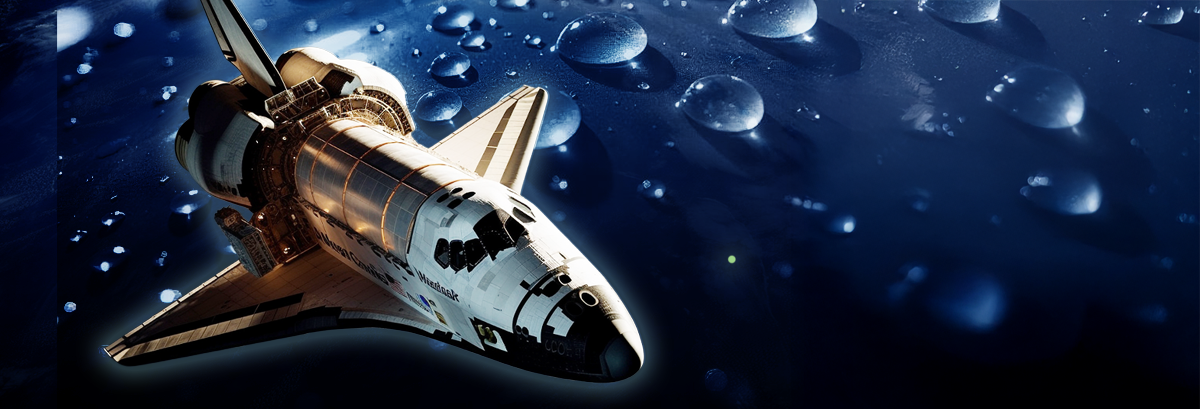
Before ceramic coating was protecting your car from swirl marks and bird droppings, it was shielding space shuttles from burning up on reentry. NASA developed ceramic thermal barrier coatings in the 1960s to withstand extreme temperatures (over 2,000°F). The same materials science later found its way into automotive applications, helping ceramic coatings resist heat, oxidation, and chemical damage on Earth.
2. The Science Behind “Beading” Is Called Hydrophobicity
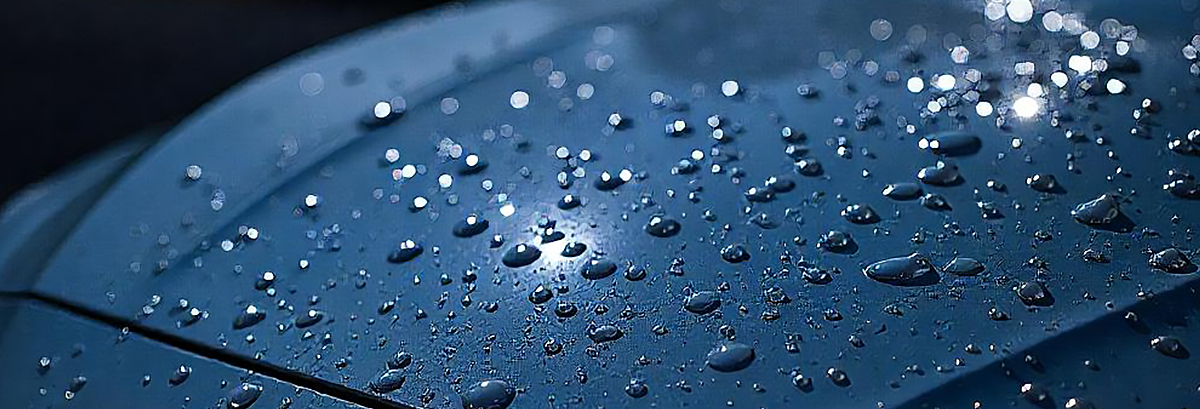
That satisfying water-beading effect? It’s due to hydrophobicity—a surface’s ability to repel water. Ceramic coatings form a slick, invisible layer using silicon dioxide (SiO₂) or titanium dioxide (TiO₂), creating a low surface energy barrier that causes water and grime to slide right off.
Bonus: Less water contact means less corrosion and easier cleaning.
3. The Nano-Scale Bonding Is What Makes It So Durable
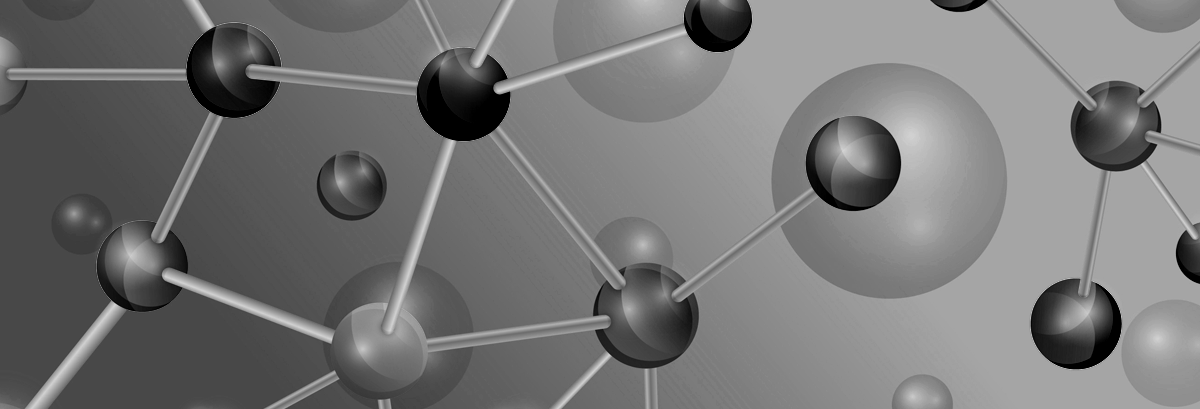
The "ceramic" part isn’t just about ingredients—it's about nano-scale particles, some smaller than a human hair by a factor of thousands.
Ceramic coatings form a nano-thin layer (usually around 100–200 nanometers thick) that bonds at a molecular level to your vehicle's clear coat. These particles are so small, they can fill microscopic pores in the paint, creating a glass-like, sealed surface that’s harder, smoother, and more resistant to damage.
This nano-level bonding is why ceramic coatings last for years, while wax or sealant might wear off in weeks or months.
4. Ceramic Coating Is Big in Japan (and Got Its Start There)

The modern automotive ceramic coating industry has roots in Japan and South Korea, where vehicle preservation is taken seriously. In the early 2000s, companies began using liquid quartz and silica-based formulations for high-end detailing. Today, brands from Tokyo to Texas use similar chemistry to protect everything from Teslas to trail rigs.
5. You Still Have to Wash Your Car (Sorry!)
Ceramic coating isn’t a one-and-done solution. While it repels dirt, bird droppings, and water, it doesn’t stop dust or brake fallout from settling.
What it does do is make maintenance easier:
✅ Easier rinsing ✅ Fewer swirl marks ✅ Longer-lasting shine
Just use a pH-neutral shampoo and avoid automatic brushes to keep it looking fresh.
Wrap-Up
From nano-tech to space-age chemistry, ceramic coating is more than just hype—it’s a technological leap in paint protection. Whether you’re preserving a classic ride or protecting a new daily driver, ceramic coating offers real science-backed benefits you can see, feel, and wash less often.
Bonus: Amazon Picks for Ceramic Coating Kits
Just in case you want to give it a try yourself, these are highly rated on Amazon.
See more details about each of these in our article here.
| Product | Durability | Ease of Use | Price | Ideal For |
|---|---|---|---|---|
| Turtle Wax PRO Graphene | 12 months | Very Easy | $$ | Daily drivers, beginners |
| Chemical Guys HydroSlick | 6 months | Very Easy | $ | First-time DIYers |
| Gtechniq Crystal Serum Light | 3–5 years | Moderate | $$$$ | Professionals, high-end |
| Adam’s UV Ceramic Coating | 2 years | Moderate | $$$ | Beginners with caution |
| CarPro CQuartz UK 3.0 | 2+ years | Moderate | $$$ | Cold weather users |
Ceramic Coatings FAQ:
Q: Can I apply ceramic coating myself? Yes. Many modern kits are designed for DIY use. Just follow the prep instructions closely and apply in a shaded, clean environment. It's important to choose a place free of dust or any plant matter floating around that could stick to the coating upon application.
Q: Is spray-on ceramic coating real? Yes and no. Spray coatings typically use SiO2 or hybrid blends but are less durable than full ceramic coatings. Think of them as “ceramic lite.”
Q: Do I need to polish or clay bar before applying? Ideally, yes. Coatings bond best to clean, contaminant-free paint. A clay bar + polish makes a noticeable difference.
Check out the highest selling one on Amazon here.
Q: Can I use ceramic coating over wax or sealant? No. The coating needs to bond directly to paint. Strip waxes/sealants before applying.
Q: Does it work on PPF or vinyl wrap? Yes, but check the product label. Some coatings are made specifically for vinyl or PPF to avoid discoloration or adhesion issues. Gtechniq Halo is one coating made specifically for vehicles with PPF.

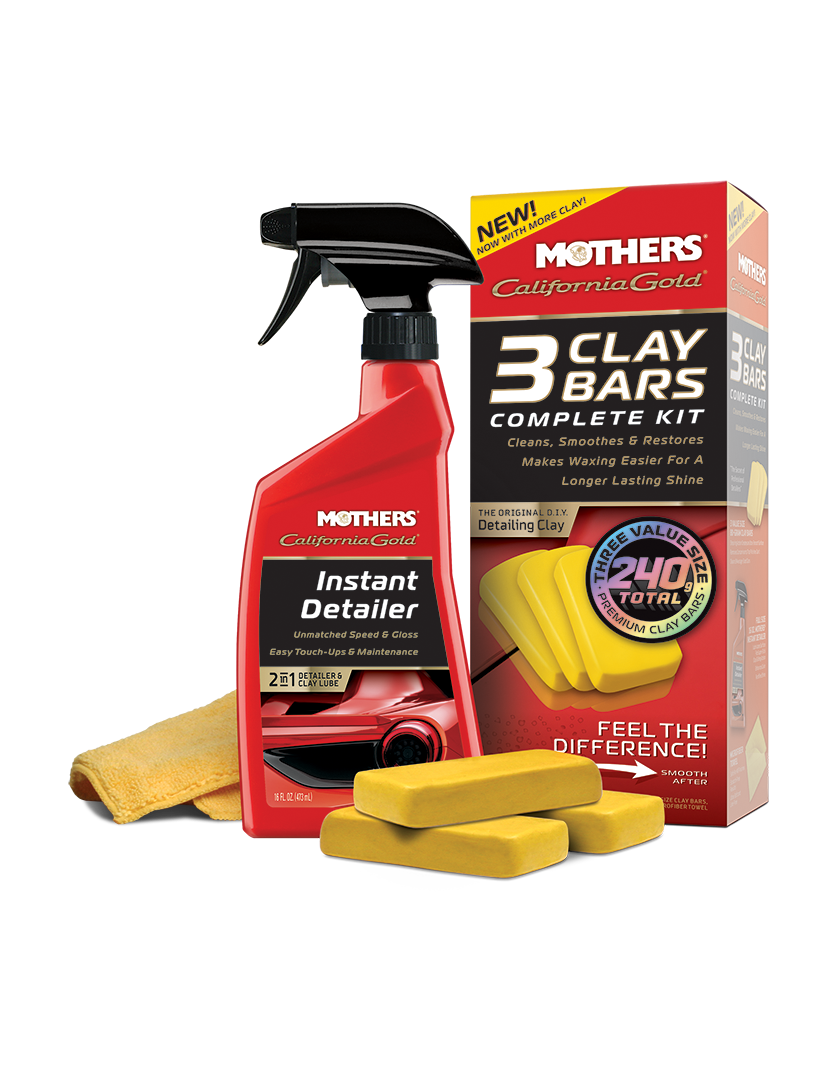




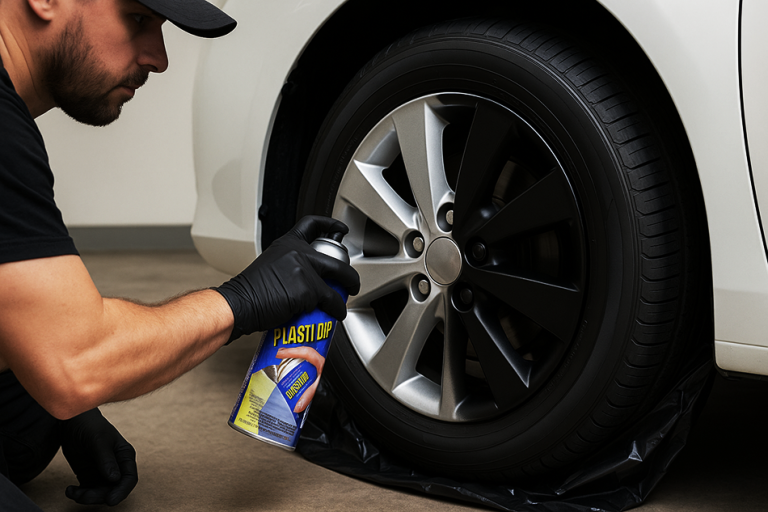
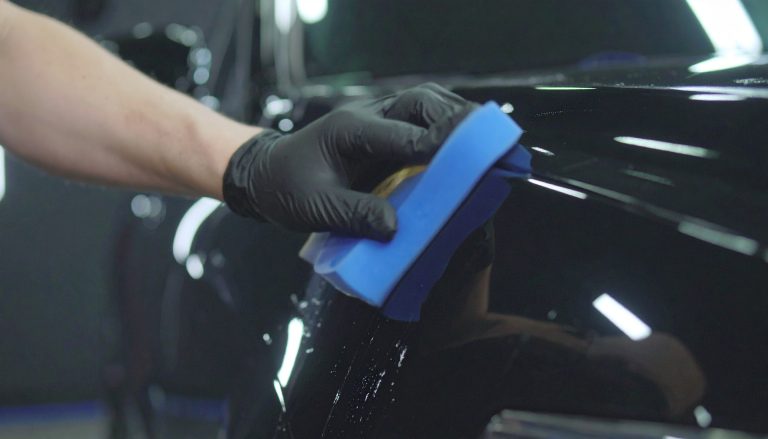
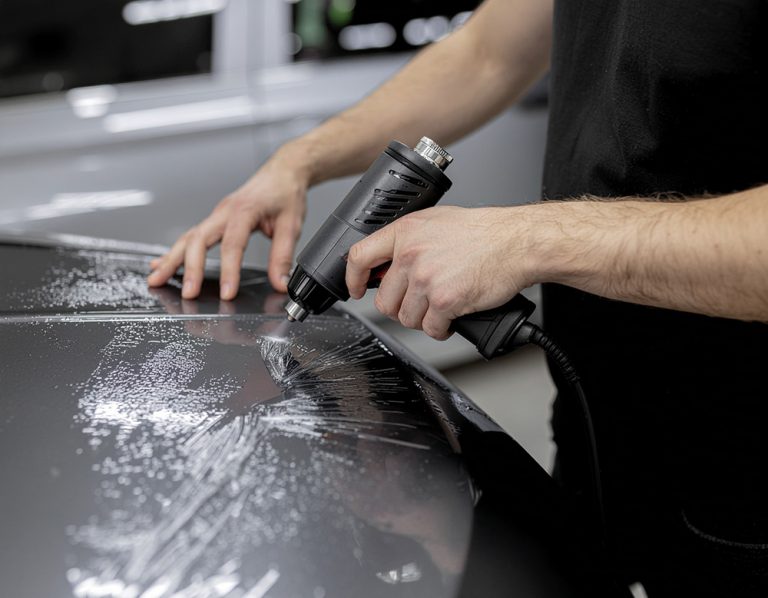
One Comment